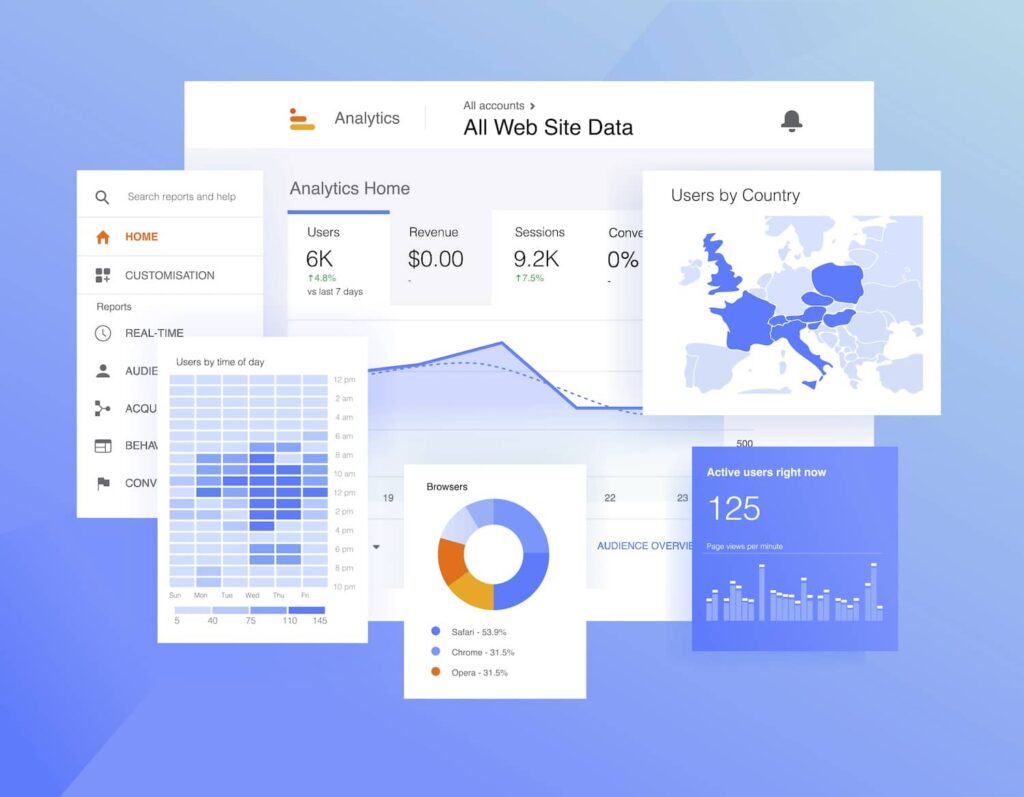Discovering the Principle of Secondary Dimensions in Google Analytics: Meaning and Critical Application
Discovering the Principle of Secondary Dimensions in Google Analytics: Meaning and Critical Application
Blog Article
Introducing the Influence of Secondary Measurement in Google Analytics on Data Analysis and Insights
In the realm of information analytics, the use of secondary measurements within Google Analytics has actually arised as a pivotal tool for removing much deeper understandings and unraveling complex patterns that may otherwise stay obscured. By peeling off back the layers of key information sets, additional dimensions supply a nuanced perspective that enhances the understanding of individual habits, site efficiency, and the performance of marketing techniques. The true impact and untapped possibility of additional measurements are usually undervalued, outweighed by the allure of main metrics. As we navigate via the detailed landscape of information evaluation, the importance of additional dimensions ends up being significantly evident, clarifying important details that hold the secret to notified decision-making and calculated optimizations.
Checking Out the Idea of Second Measurements
Additional measurements in Google Analytics provide added insights by enabling users to evaluate main data in conjunction with a second attribute. This feature allows an extra extensive understanding of the main data by including another layer of information for analysis. By integrating additional dimensions, customers can delve much deeper into the information and reveal useful relationships that may otherwise go unnoticed. By combining the primary information of web site traffic with secondary dimensions like demographics or actions, online marketers can get an extra comprehensive sight of their target market and customize their strategies accordingly.
Recognizing the idea of additional measurements is crucial for maximizing the possibility of Google Analytics. It permits customers to sector data successfully, recognize patterns, and make educated decisions based on a much more total image of their analytics data. By checking out the numerous additional measurements offered in Google Analytics, individuals can open new understandings and optimize their digital advertising initiatives. Basically, second measurements offer as an effective device for improving information evaluation and driving workable results.
Enhancing Information Interpretation With Secondary Dimensions
Having developed the foundational understanding of second measurements in Google Analytics and their crucial duty in information evaluation, the focus now changes in the direction of leveraging these secondary credit to boost the interpretation of analytics information (what is a secondary dimension in google analytics). By incorporating additional dimensions right into information analysis, analysts can acquire much deeper understandings right into user habits, website performance, and advertising efficiency

Furthermore, additional dimensions assist in contextualizing primary information metrics by supplying additional layers of information. This contextualization help in recognizing the 'why' behind the information patterns, helping experts make notified optimizations and choices to boost overall efficiency. Ultimately, incorporating secondary dimensions improves the information interpretation process, leading to more tactical activities and significant understandings.
Revealing Hidden Insights Through Second Measurements
Discovering the midsts of analytics data with secondary dimensions exposes useful insights that would otherwise remain obscured. By including secondary measurements in Google Analytics, organizations can discover hidden patterns, fads, and connections that provide a more extensive understanding of individual behavior and site efficiency. These additional layers of information permit analysts to delve deeper into the main measurements, such as traffic resources or touchdown web pages, and acquire a more nuanced viewpoint on just how various variables communicate with each various other.
Through using additional measurements, analysts can sector and contrast data throughout numerous dimensions, enabling them to determine specific factors that influence customer involvement, conversion rates, and general success metrics. As an example, by coupling the primary dimension of 'device group' with the secondary dimension of 'age,' online marketers can pinpoint which age demographics prefer accessing go to this web-site the web site through smart phones versus desktop computers. This degree of granularity empowers organizations to make data-driven decisions and maximize their techniques for much better results. Inevitably, revealing covert insights via secondary dimensions improves the deepness and accuracy of data analysis, bring about even more educated decision-making and boosted performance visit their website outcomes.
Leveraging Second Dimensions for Actionable Analytics
Structure upon the understandings unveiled with additional dimensions in Google Analytics, organizations can now harness this enriched data landscape to drive actionable analytics and strategic decision-making. By leveraging secondary dimensions, organizations can delve much deeper into their data to draw out valuable patterns, trends, and connections that may have formerly gone unnoticed. This much deeper level of analysis allows companies to get a more thorough understanding of customer actions, project performance, and total website efficiency.
One trick advantage of making use of second measurements for actionable analytics is the capability to section information based upon specific requirements. This segmentation allows services to tailor their strategies and projects to different audience groups, bring about more targeted and efficient advertising initiatives - what is a secondary dimension in google analytics. Additionally, additional measurements provide a more holistic view of customer interactions, making it possible for organizations to optimize their website material, design, and overall individual experience
Maximizing Decision-Making With Secondary Dimensions
To boost tactical decision-making in analytics, leveraging second dimensions in Google Analytics can provide a much more nuanced viewpoint on individual actions and campaign efficiency. By incorporating additional measurements into data analysis, organizations can dig deeper right into the specifics of their web site site visitors' communications and interaction patterns. This additional layer of info permits a more extensive understanding of how different variables, such as demographics, tools, or traffic resources, effect crucial performance indicators.

Final Thought
To conclude, making use of additional measurements in Google Analytics plays a crucial duty in improving information evaluation and discovering hidden insights. By exploring this principle, one can get a much deeper understanding of user actions and make informed choices based on actionable analytics. Leveraging secondary measurements Check This Out permits a more extensive interpretation of information and makes the most of the efficiency of decision-making procedures.

Report this page